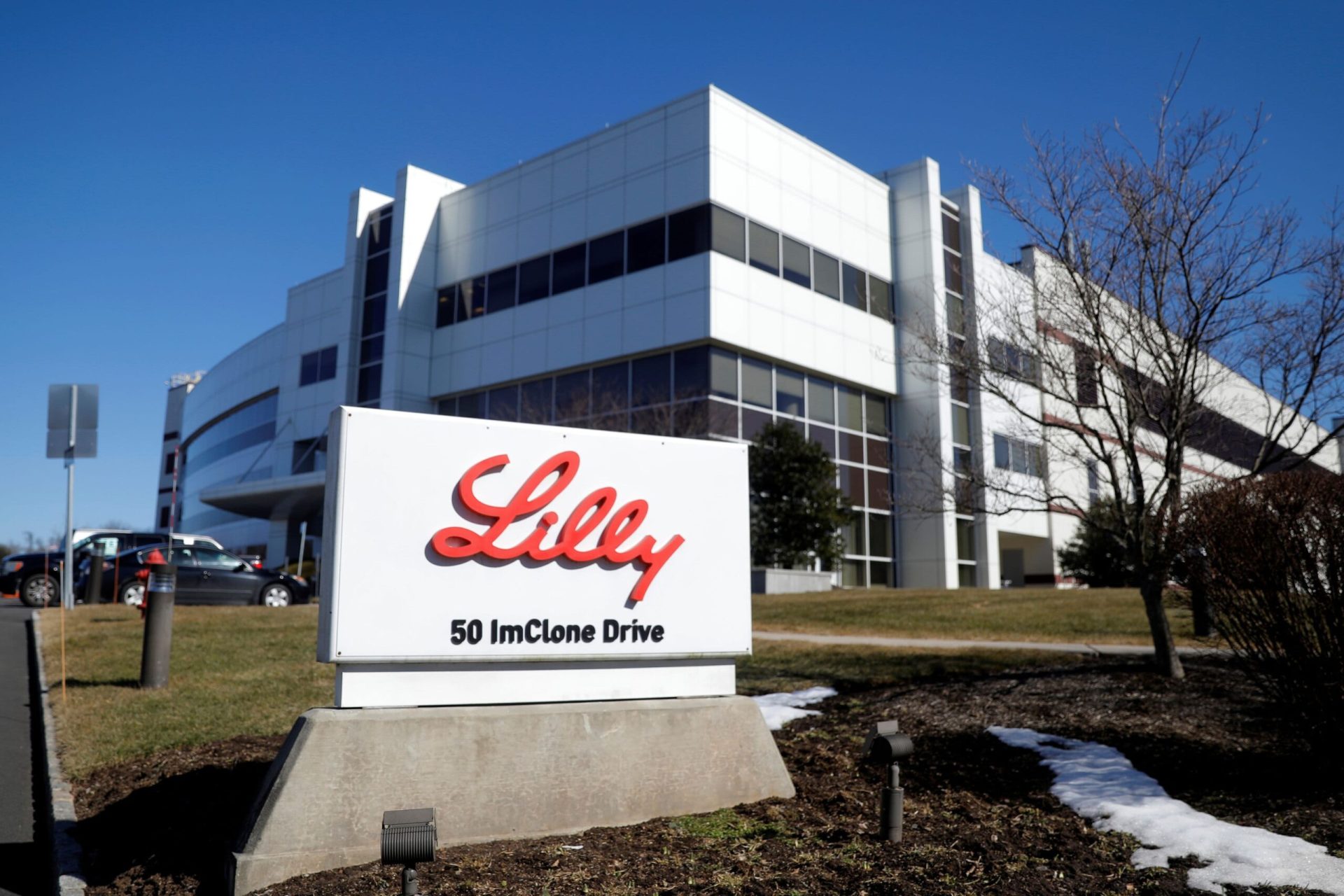Abemaciclib with endocrine therapy is approved by FDA in HER 2 positive breast cancer
March 2023: Abemaciclib (Verzenio, Eli Lilly and Company) and endocrine therapy (tamoxifen or an aromatase inhibitor) have been approved by the Food and Drug Administration (FDA) for the adjuvant treatment of adult patients with early-stage, node-positive, HR-positive breast cancer who are at high risk of recurrence.
Individuals with 4 pALN (pathologic axillary lymph nodes) or 1-3 pALN and either tumour grade 3 or a tumour size of 50 mm were classified as high risk.
For the high-risk population mentioned above, abemaciclib was originally approved with the additional stipulation of having a Ki-67 score of 20% or lower. The requirement for Ki-67 testing is dropped with today’s approval.
MonarchE (NCT03155997), a randomised (1:1), open-label, two-cohort multicenter trial involving adult women and men with HR-positive, HER2-negative, node-positive, resected, early breast cancer and pathological and clinical characteristics suggestive of a high risk of recurrence, evaluated the effectiveness. Patients must have either 4 pALN or 1-3 pALN, tumour grade 3 or a tumour size 50 mm in order to be included in cohort 1. Patients required to have tumour Ki-67 score 20%, 1-3 pALN, and be ineligible for cohort 1 in order to be recruited in cohort 2. Participants were randomly assigned to receive either standard endocrine therapy alone for 2 years, or standard endocrine therapy plus the doctor’s choice of standard endocrine therapy (tamoxifen or an aromatase inhibitor).
Invasive disease-free survival was the primary efficacy outcome metric (IDFS). In the intent-to-treat (ITT) population, a statistically significant difference was seen that was predominantly attributable to the cohort 1 patients (cohort 1 N=5120 [91%]; IDFS HR 0.653 (95% CI: 0.567, 0.753)). Abemaciclib in combination with regular endocrine therapy resulted in an IDFS at 48 months of 85.5% (95% CI: 83.8, 87.0) while normal endocrine therapy alone resulted in 78.6% (95% CI: 76.7, 80.4). Overall survival data are still in their infancy, but in cohort 2, abemaciclib plus routine endocrine therapy was associated with a higher death rate (10/253 vs. 5/264). The indication was therefore limited to cohort 1.
Diarrhea, infections, neutropenia, tiredness, leukopenia, nausea, anaemia, and headache were the most frequent side effects (20%).
The starting dose of abemaciclib is 150 mg twice daily with tamoxifen or an aromatase inhibitor for 2 years or until disease recurrence or intolerable toxicity, whichever comes first.
View full prescribing information for Verzenio.
Dr. Nishant Mittal is a highly accomplished researcher with over 13 years of experience in the fields of cardiovascular biology and cancer research. His career is marked by significant contributions to stem cell biology, developmental biology, and innovative research techniques.
Research Highlights
Dr. Mittal's research has focused on several key areas:
1) Cardiovascular Development and Regeneration: He studied coronary vessel development and regeneration using zebrafish models1.
2) Cancer Biology: At Dartmouth College, he developed zebrafish models for studying tumor heterogeneity and clonal evolution in pancreatic cancer.
3) Developmental Biology: His doctoral work at Keio University involved identifying and characterizing medaka fish mutants with cardiovascular defects.
4) Stem Cell Research: He investigated the effects of folic acid on mouse embryonic stem cells and worked on cryopreservation techniques for hematopoietic stem cells.
Publications and Presentations
Dr. Mittal has authored several peer-reviewed publications in reputable journals such as Scientific Reports, Cardiovascular Research, and Disease Models & Mechanisms1. He has also presented his research at numerous international conferences, including the Stanford-Weill Cornell Cardiovascular Research Symposium and the Weinstein Cardiovascular Development Conference.
In summary, Dr. Nishant Mittal is a dedicated and accomplished researcher with a strong track record in cardiovascular and cancer biology, demonstrating expertise in various model systems and a commitment to advancing scientific knowledge through innovative research approaches.
- Comments Closed
- March 24th, 2023





Abemaciclib FDA Approval, Advanced Breast Cancer Therapy 2024, CDK4/6 Inhibitor Abemaciclib, Combination Therapy for Breast Cancer, Endocrine Therapy Breast Cancer, HER2-Positive Breast Cancer Treatment, Targeted Therapy for HER2+ Cancer, USFDA Approved Breast Cancer Drugs
CancerFax is the most trusted online platform dedicated to connecting individuals facing advanced-stage cancer with groundbreaking cell therapies.
Send your medical reports and get a free analysis.
🌟 Join us in the fight against cancer! 🌟
Привет,
CancerFax — это самая надежная онлайн-платформа, призванная предоставить людям, столкнувшимся с раком на поздних стадиях, доступ к революционным клеточным методам лечения.
Отправьте свои медицинские заключения и получите бесплатный анализ.
🌟 Присоединяйтесь к нам в борьбе с раком! 🌟